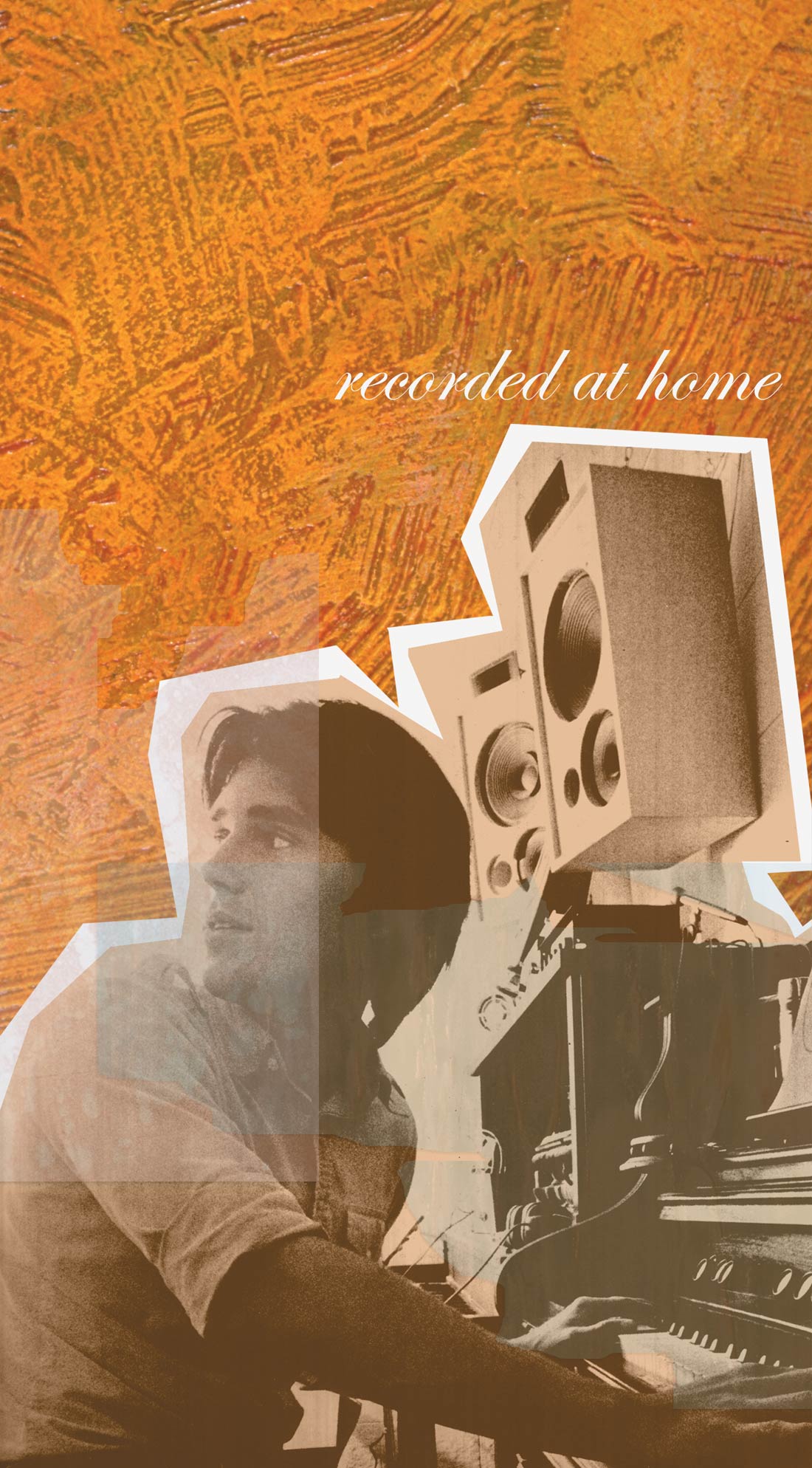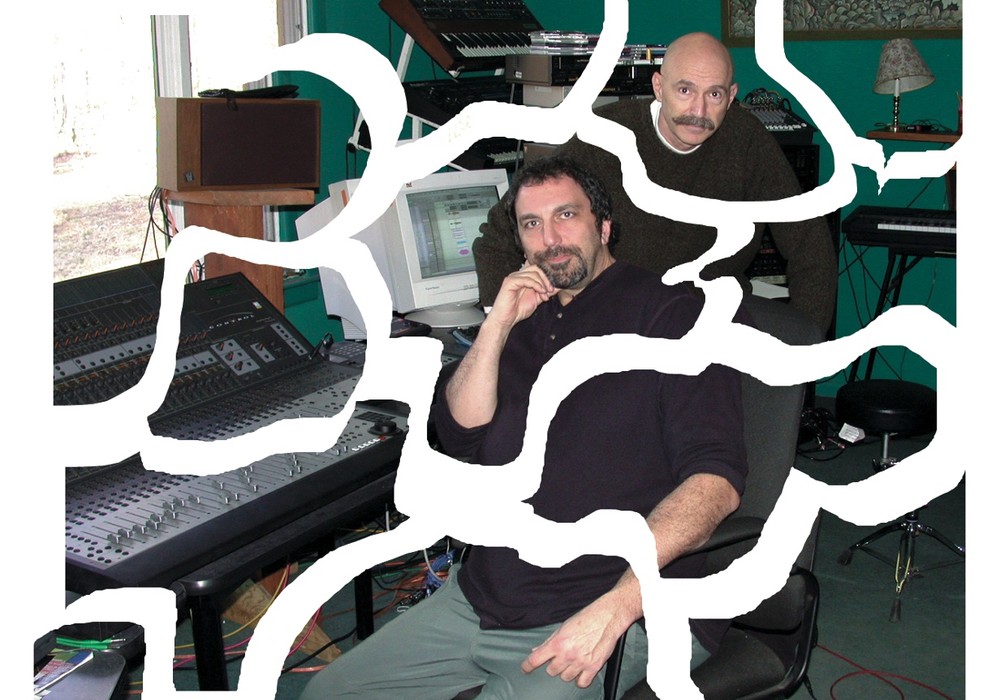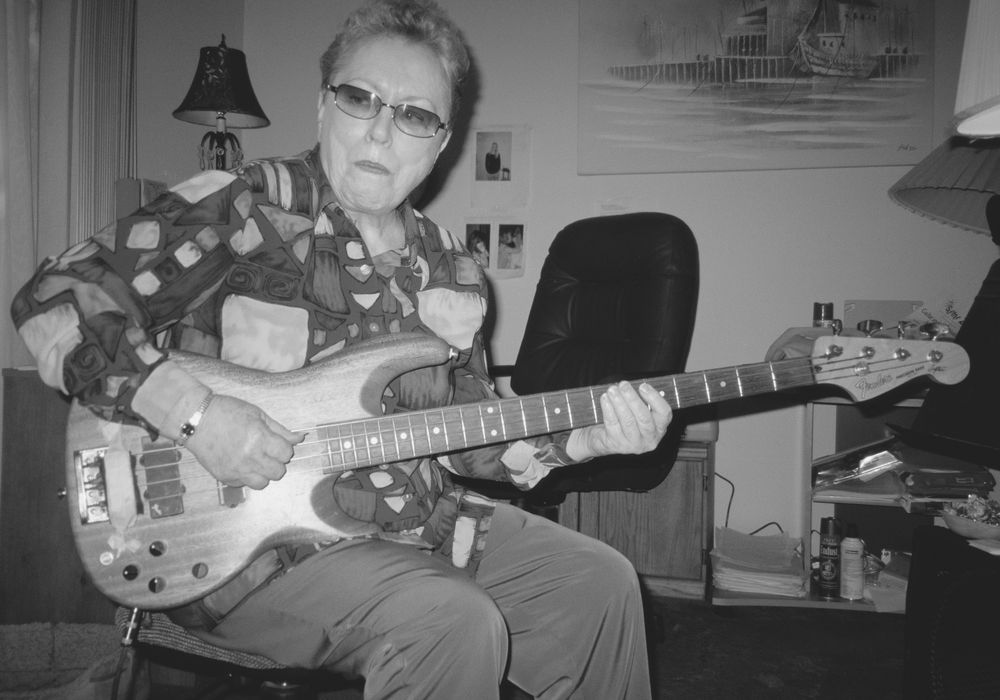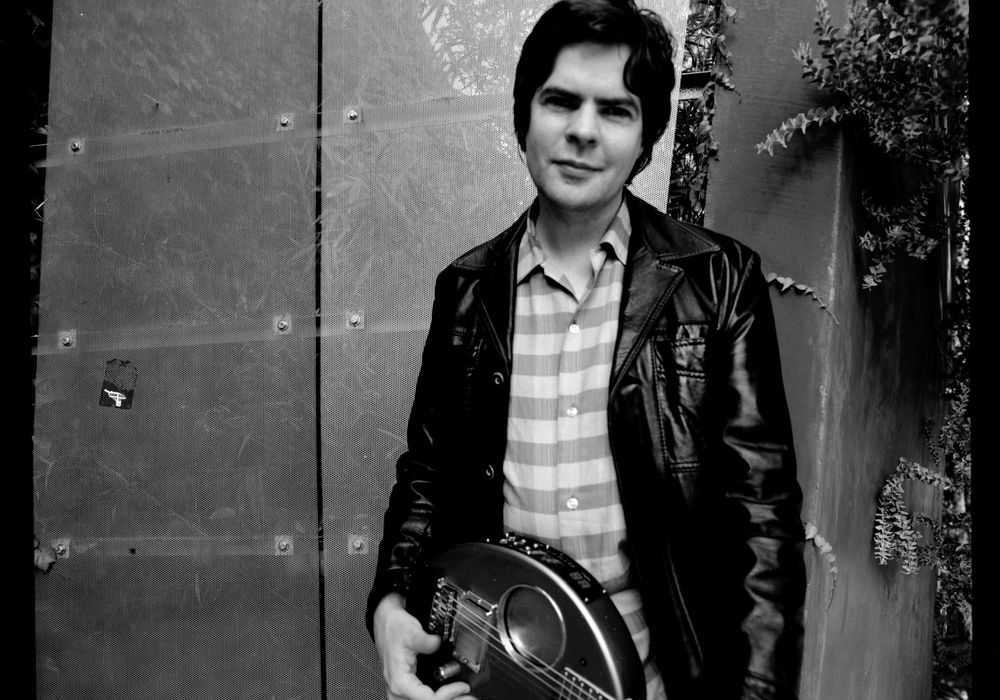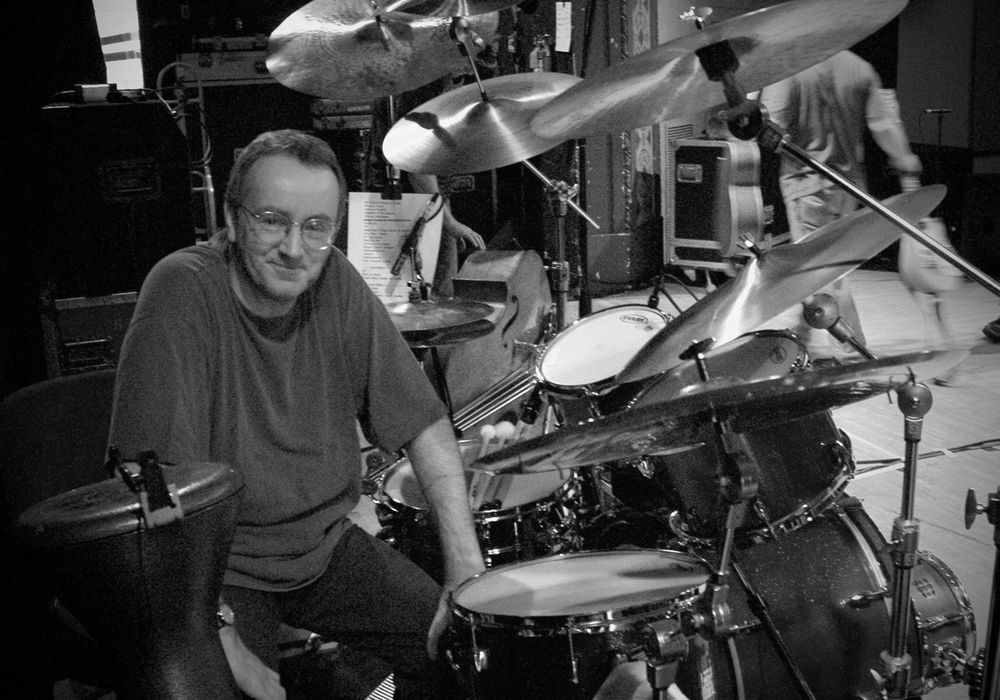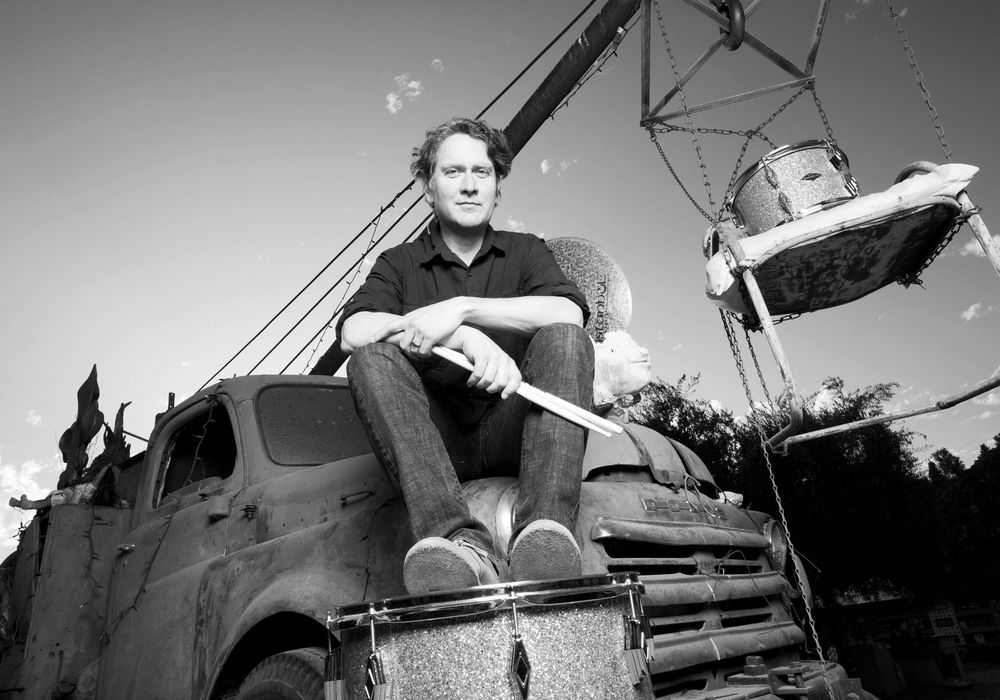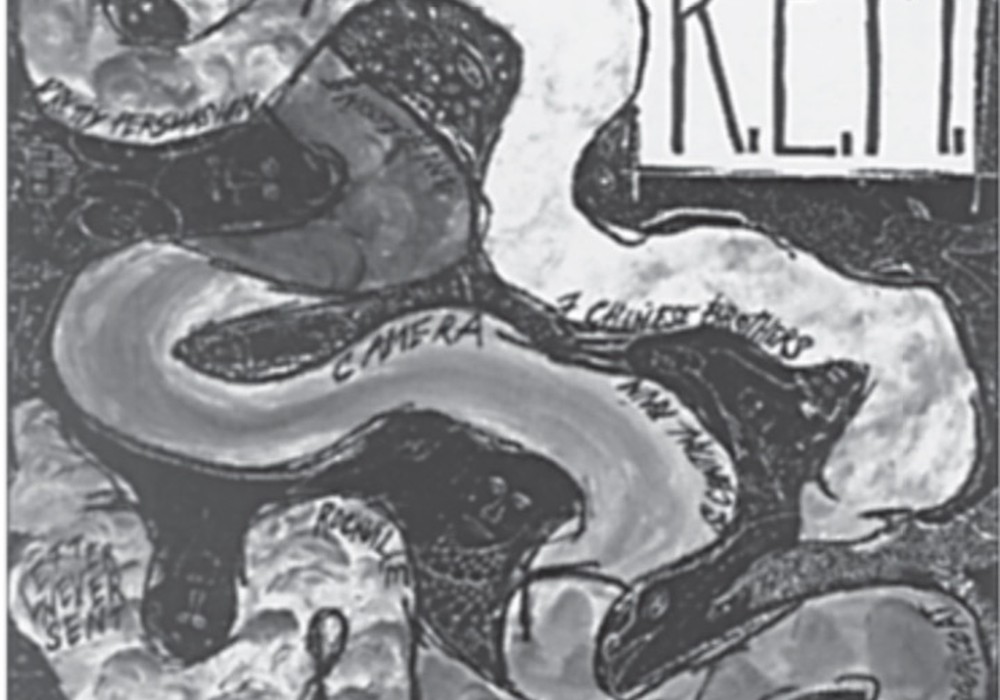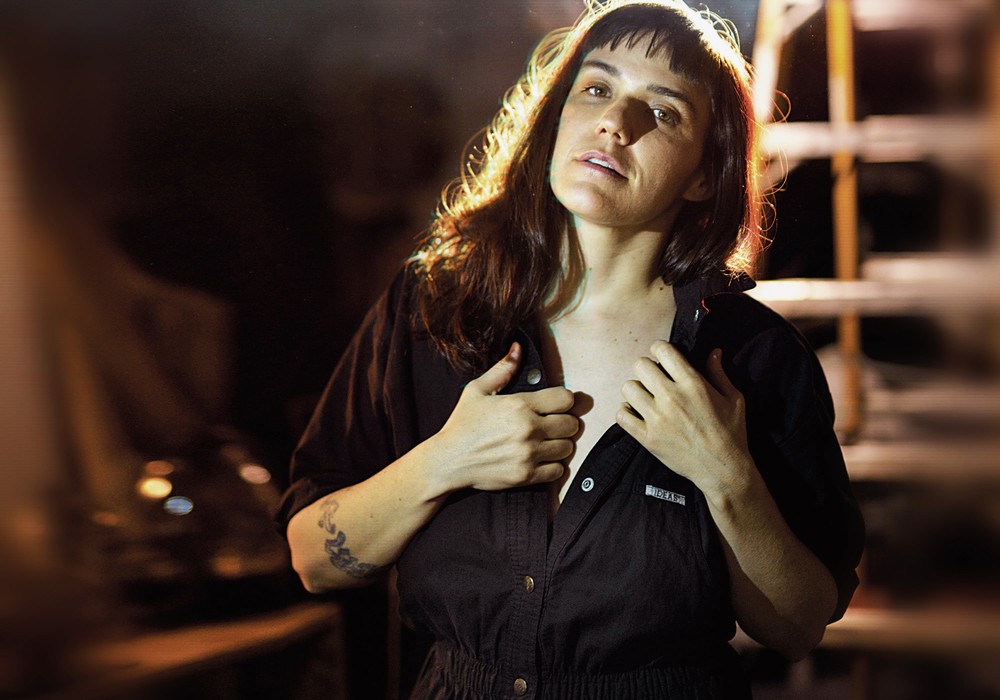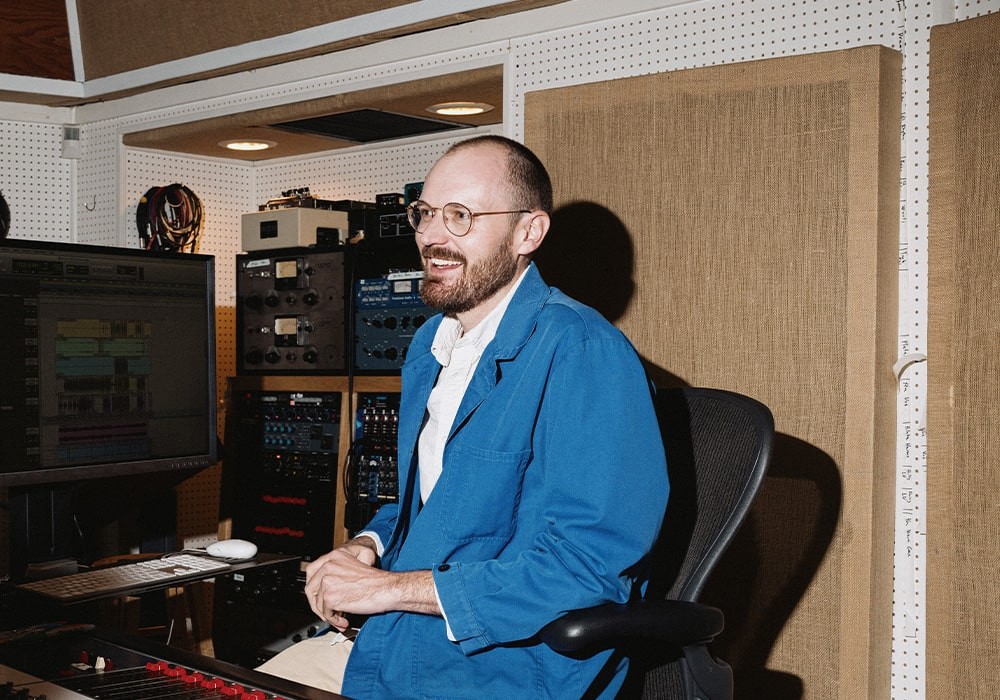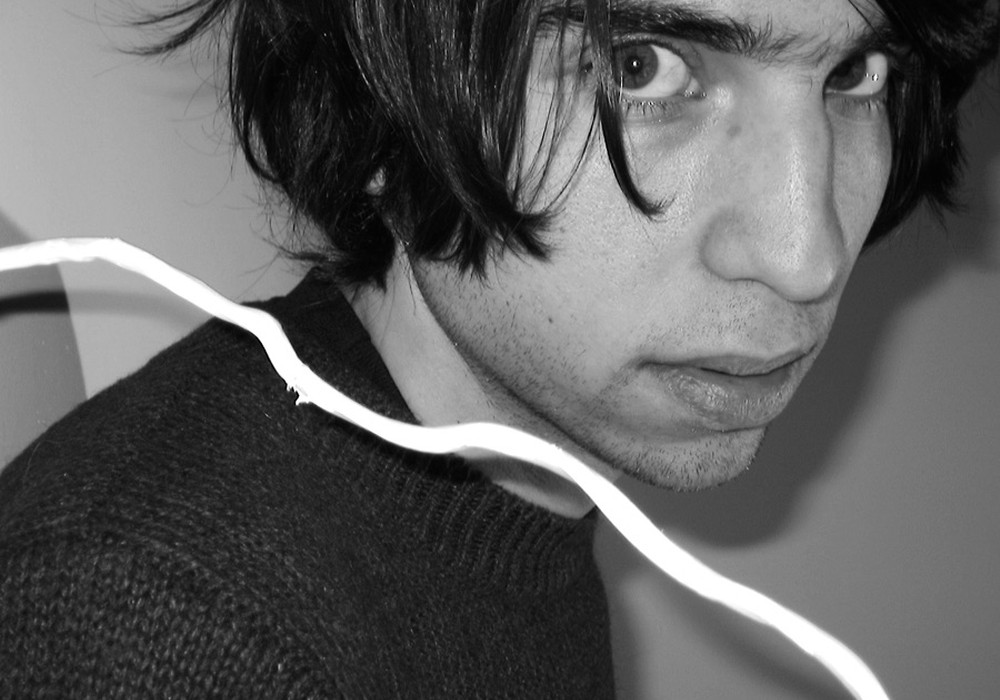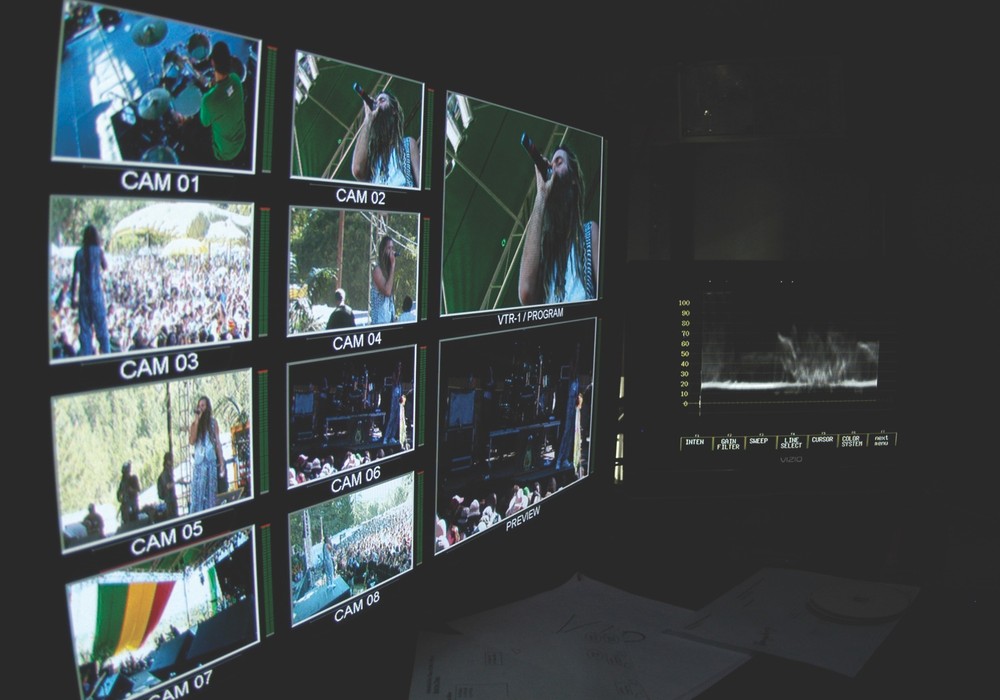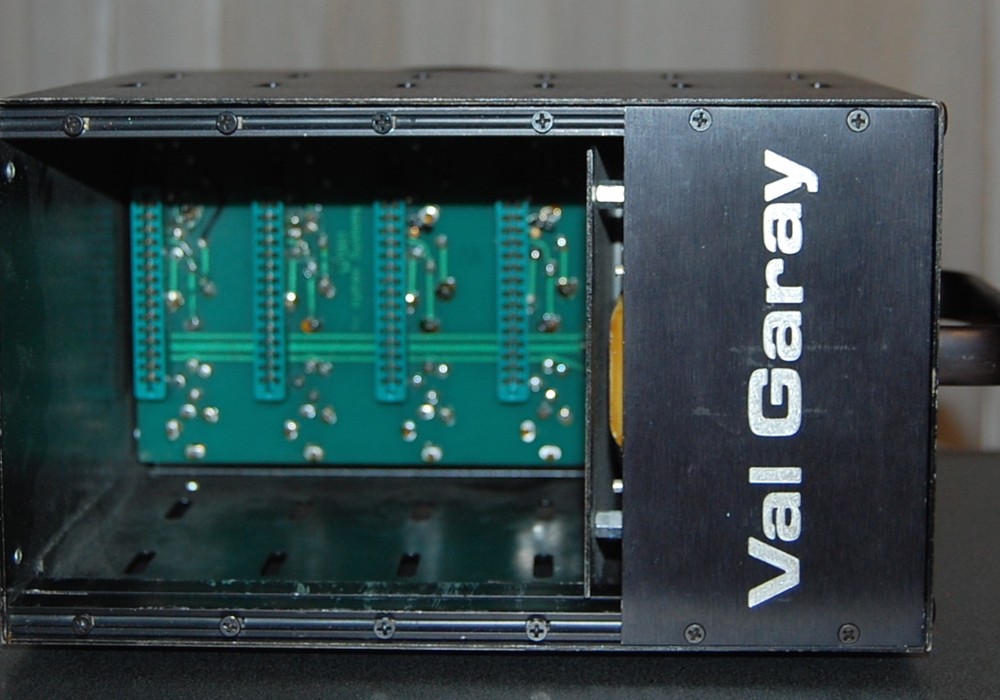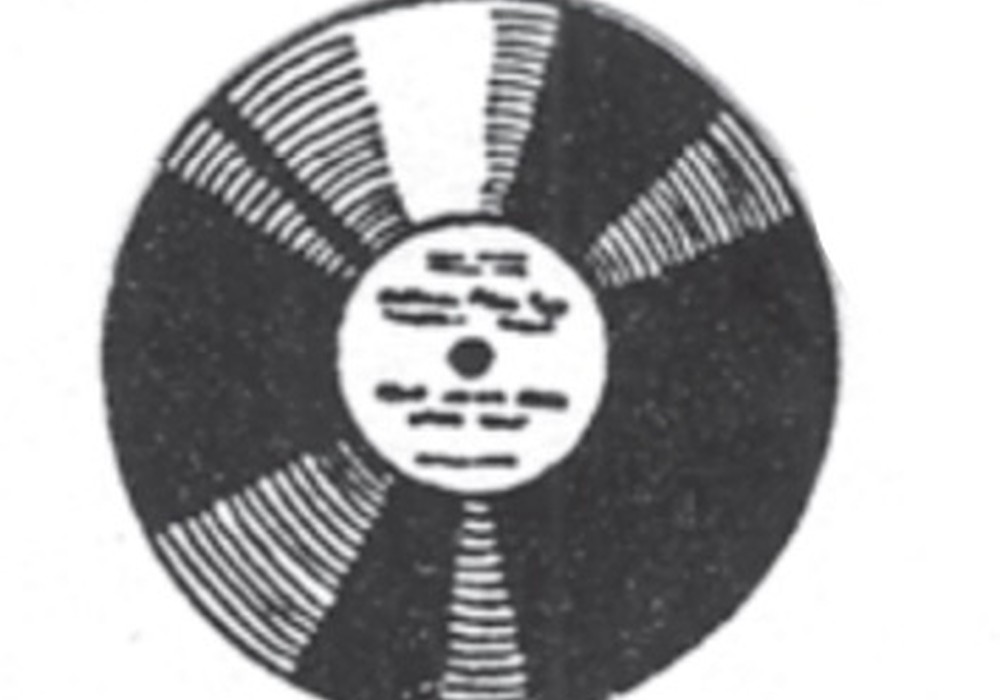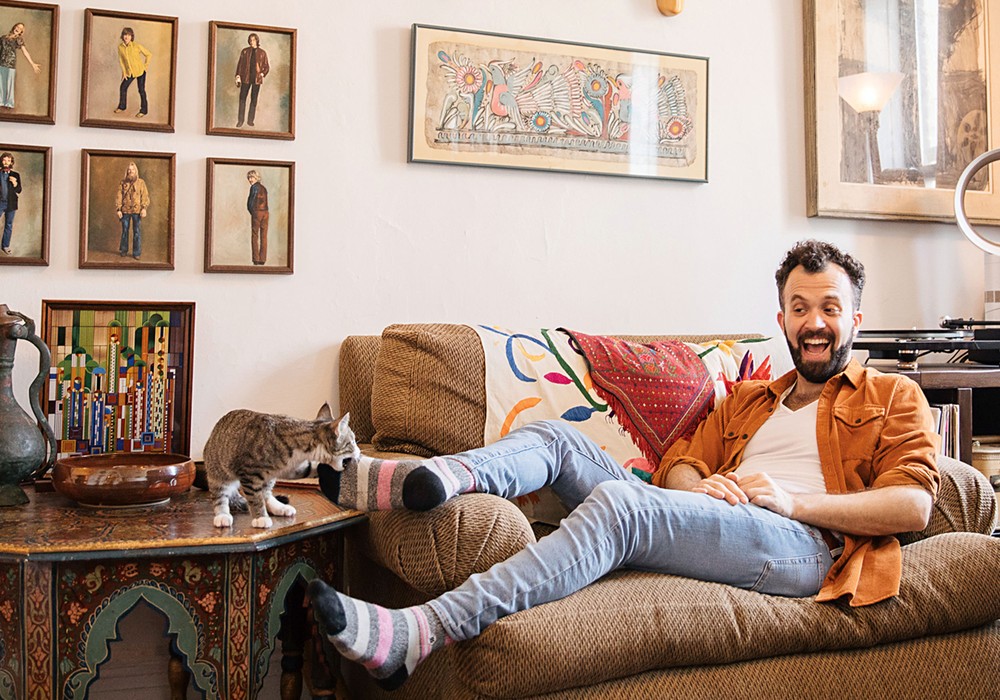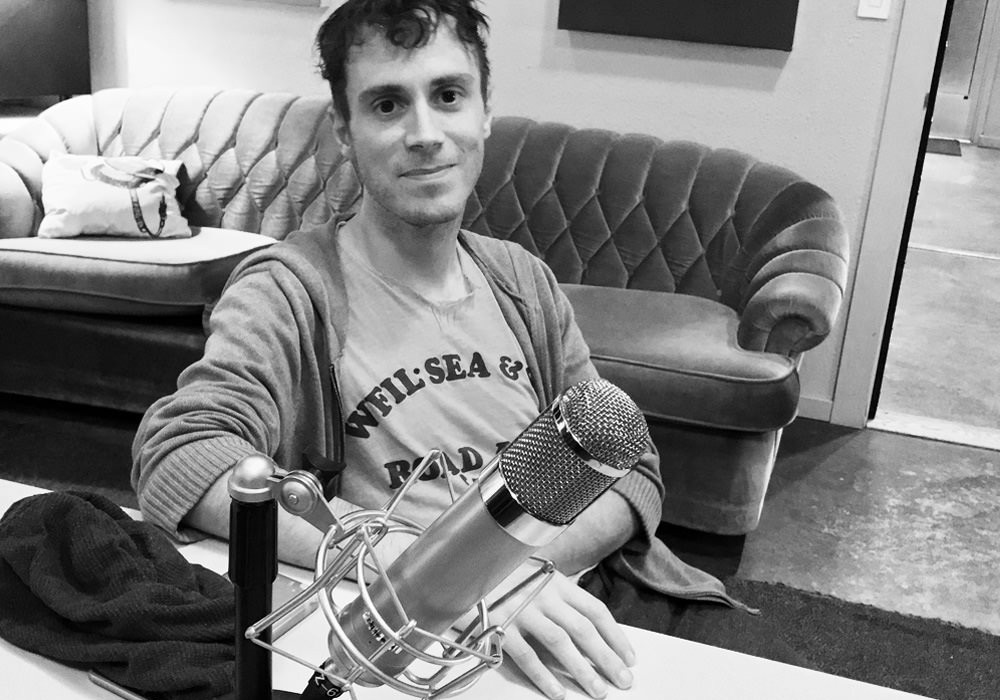Tony Levin is one of the masters of bass guitar and the Chapman Stick, having played with King Crimson, Peter Gabriel [Tape Op #143], James Taylor, California Guitar Trio, Paul Simon, John Lennon, Pink Floyd and many more. Jerry Marotta is a respected session drummer who's currently playing in Tony's band, previously having worked alongside him backing Peter Gabriel, along with stints with the Indigo Girls, Elvis Costello, Paul McCartney and many others.
When I first approached Tony about doing an article for Tape Op magazine he said, "I don't know how much I can contribute to the world of tech-heads." He brought in musician/engineer/producer, Marotta in as icing on the cake. What followed was an impressive amount of information regarding the recording process for Tony Levin's new CD, Pieces of the Sun. We decided to meet at Jerry's studio, "Jersville" in Woodstock, NY, an unassuming single story ranch-turned recording studio sitting at the base of the Catskill Mountains. Also at the interview were recording engineers Robert Frazza and Doug Stinger (engineer at Jersville studio).
So, what are you running here for recording?
Robert Frazza: Well, we run Digital Performer but for our recordings we are mostly running Pro Tools. We don't do a lot of sequencing so we are using the sequencer built into Pro Tools.
Tony Levin: Robert did all the engineering on the album.
You originally started the album here, correct?
TL: I'll tell you the whole process. I first started the album in my garage with nothing running and then started recording it in the worst of ways.
How so?
TL: 'Cause it's the only way I didn't manage to get any MIDI files done at the same time. I don't mean sonically. It was just an ADAT and there was no way to record any MIDI files for syncing to. After I had the piece worked out, I came to Jerry's here and re- did all the parts into Pro Tools in such a way that there was not only the sound files on it but also MIDI files. That way, if we wanted to change things — maybe put in a different synth sound — we could. Had I been able to do that at home, I would have.
RF: We mapped everything out in Pro Tools, then we loaded it in when we went to Applehead Studio.
When you went to Applehead, did you track the rhythm section together, bass, drums, guitar and such?
TL: Yeah, this one I wanted to play as a band as opposed to my last album. Just for the fun of it, for the treat.
Makes it more fun for the tracking engineer too.
Jerry Marotta: Makes it a lot quicker too.
TL: This time we put bass and drums to analog tape, whereas on the last album we had to do that later on in the mix.
You don't seem to get quite the same sonics as when you mix it down later.
TL: I was trying to save a step.
JM: Have you ever noticed a difference?
RF: No, we went to the 2" 'cause "Pillars of Fire" had 44 tracks on it.
JM: Has anybody sat down and A/B'd the two, that this was recorded all analog then transferred to digital and that was all digital transferred to analog later?
TL: Oh god, no!
I'll do that later at my mastering facility. [laughter] I still prefer the sound of analog, the way the transients hit the tape, especially with bass and drums.
TL: Most of the recording I do is all over the place, and it seems to be, not unanimous, but a lot of people want to put the drums and bass down on analog and the rest in Pro Tools. What's ironic is that it slows the session down. You have to load the tape in later, listen to all the tracks and decide which of the cuts is the keeper, etc... Anyway, after the initial tracking at Applehead, we came back here and did some overdubs.
Like vocals and such?
Everybody: No. No vocals. We don't have any vocals.
"Dog one, two, three"? [laughs]
TL: That's true, those went down live. Doug what did you do here?
Doug Stinger: We did quite a bit of editing of the tracks. That's the beauty of the computer world. Tony had songs with tons of tracks. To go into a big studio and mix the record properly — really mix it right, probably would have taken a day to do each song. But with Pro Tools you can pre-blend stuff and kind of get a leg up on the mix. That way the mix engineer is looking more at the talent than sounds — that's where the computer helps out a lot.
TL: That's where it was nice having Robert at the studio, having been working on getting the pre- sounds. He had more time working on the drum sounds, the bass amps, and microphones, more time to come up with the sounds beforehand.
I see you use the JDI direct boxes. You credited them on the album.
TL: I really like them a lot. I use them all the time. I use them on both sides. Bass goes stereo.
RF:...
